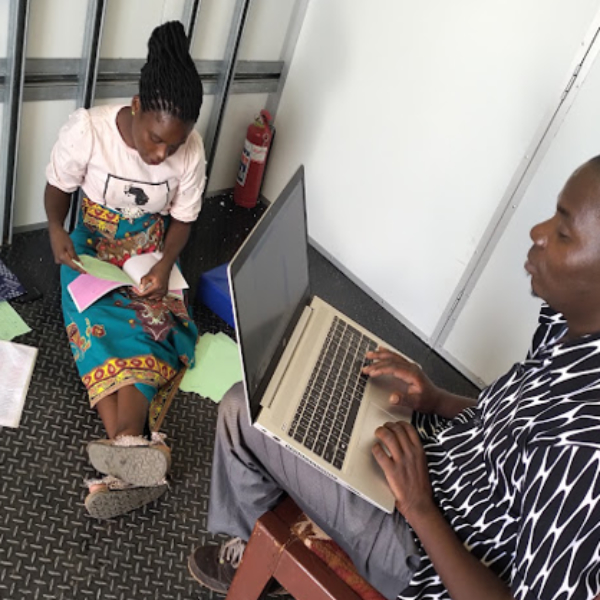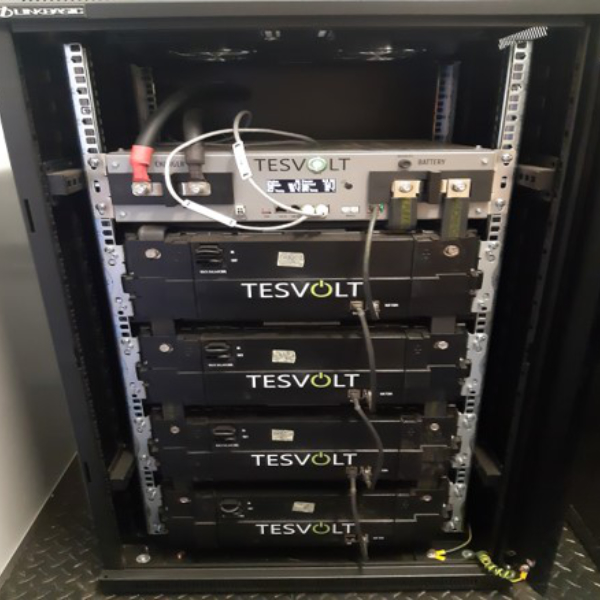
Recommendations for micro-grid developers
1. Seek collaboration and partnerships with multiple development players
For sustainable and accelerated microgrid deployment collaboration is necessary across all initiatives, between community members, local NGOs, the local government, and agencies working on the project. Coordination and consolidation of donor led initiatives in the microgrid sector is needed to avoid duplication; microgrid developers should network with all levels of energy-related organisations, such as NGOs, the government, the commercial sector, and research institutes. They should also be a part of actor networks and coordinate stakeholder interactions, including networks both local (e.g. REIAMA) and international (e.g. African Mini-grids Developers Network).

2. Improve financial sustainability through innovative business modelling
Proven microgrid business models with a positive cash flow are yet to emerge in Malawi. This can be addressed through reducing costs or increasing demand. For CAPEX, bulk purchasing can achieve economies of scale while gaining efficiency in maintenance operations and fieldwork activities to minimise transport and labour costs can reduce OPEX. Demand can be increased through promoting daytime productive use anchor loads, reducing wasted generation and increasing revenue. Microgrid developers need to innovate in pricing and payment methods through PAYG tariffs and mobile money, while adopting consumer financing business models for provision of appliances to customers will further foster uptake in electricity use and associated revenues for the microgrid operator.

3. Invest in technological innovations
Technical innovations for solar microgrids for data capture, monitoring and control need to be embraced by microgrid developers to offer efficient, technically robust and sustainable systems resulting in reliable electricity provision for their customers. The value of remote monitoring has been demonstrated in terms of reducing maintenance costs and providing better understanding of system performance, as well as a tool for troubleshooting and providing early warnings when issues are about to occur. Similarly, the value of smart meters is clear, through remote access to customer data, remote switching and application of dynamic tariffs.

4. Allocate resources for impact measurement and community engagement
Social impact measurement should be conducted to inform business strategy, but also shared with government and other key stakeholders to make better informed decisions on resource allocation and have clearer understanding of solar microgrid services. A collaborative community is needed where projects can draw on the knowledge base of ongoing or completed projects and share or lend expertise or experts, including local social scientists. Local capacity building and community engagement needs to be prioritised for effective microgrid enterprises to function and grow sustainably, with a budget allocated to support these interventions. Community engagement should be a key focus embedded in the service offering of a microgrid developer, with financial and human resources set aside in the business plan to cater for these social requirements.
